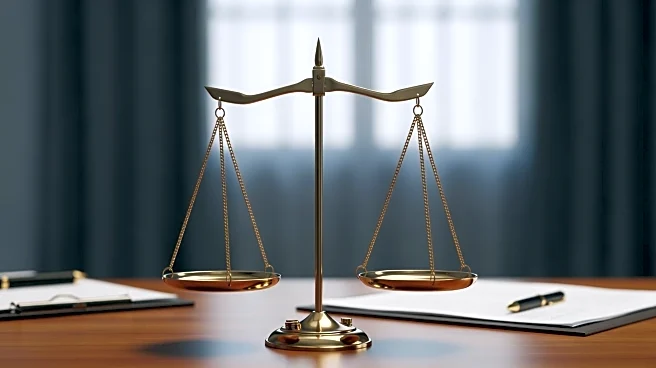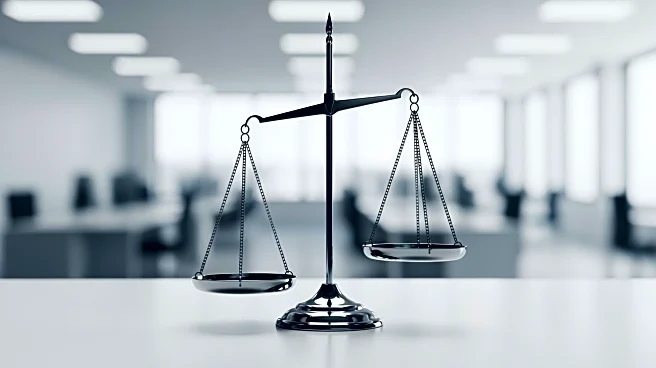What's Happening?
A recent decision by the Third Circuit Court in the case of United States v. Raymon Walters has brought attention to the dynamics between attorneys and their clients in criminal cases. The case explores
scenarios where a defendant insists on a particular legal strategy that the attorney believes to be detrimental. This situation poses a challenge in the legal field, as attorneys must balance their professional judgment with the client's preferences. The court's analysis in this case provides insights into how such conflicts are navigated, emphasizing the importance of effective communication and mutual understanding between attorneys and their clients.
Why It's Important?
The Third Circuit's decision highlights a critical aspect of criminal law practice: the strategic decision-making process between attorneys and their clients. This issue is significant as it affects the outcome of trials and the overall justice system. Attorneys are tasked with providing expert advice, but they must also respect the autonomy of their clients, who may have different perspectives on their defense strategy. The court's analysis may influence how legal professionals approach client relations, potentially leading to more structured guidelines on handling strategic disagreements. This development is crucial for ensuring fair trial outcomes and maintaining trust in the attorney-client relationship.
What's Next?
The implications of the Third Circuit's decision may lead to increased discussions within the legal community about best practices for managing strategic conflicts between attorneys and clients. Legal education and training programs might incorporate these insights to better prepare attorneys for real-world challenges. Additionally, law firms may develop internal policies to guide attorneys in navigating these situations, ensuring that client autonomy is respected while maintaining professional integrity. The case may also prompt further judicial review and refinement of legal standards governing attorney-client interactions in criminal cases.











